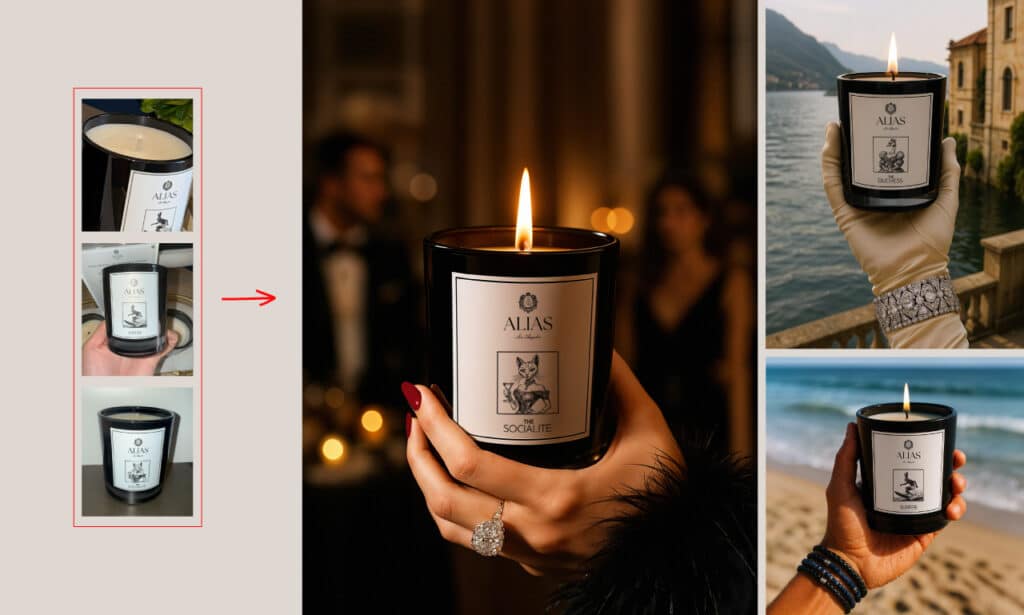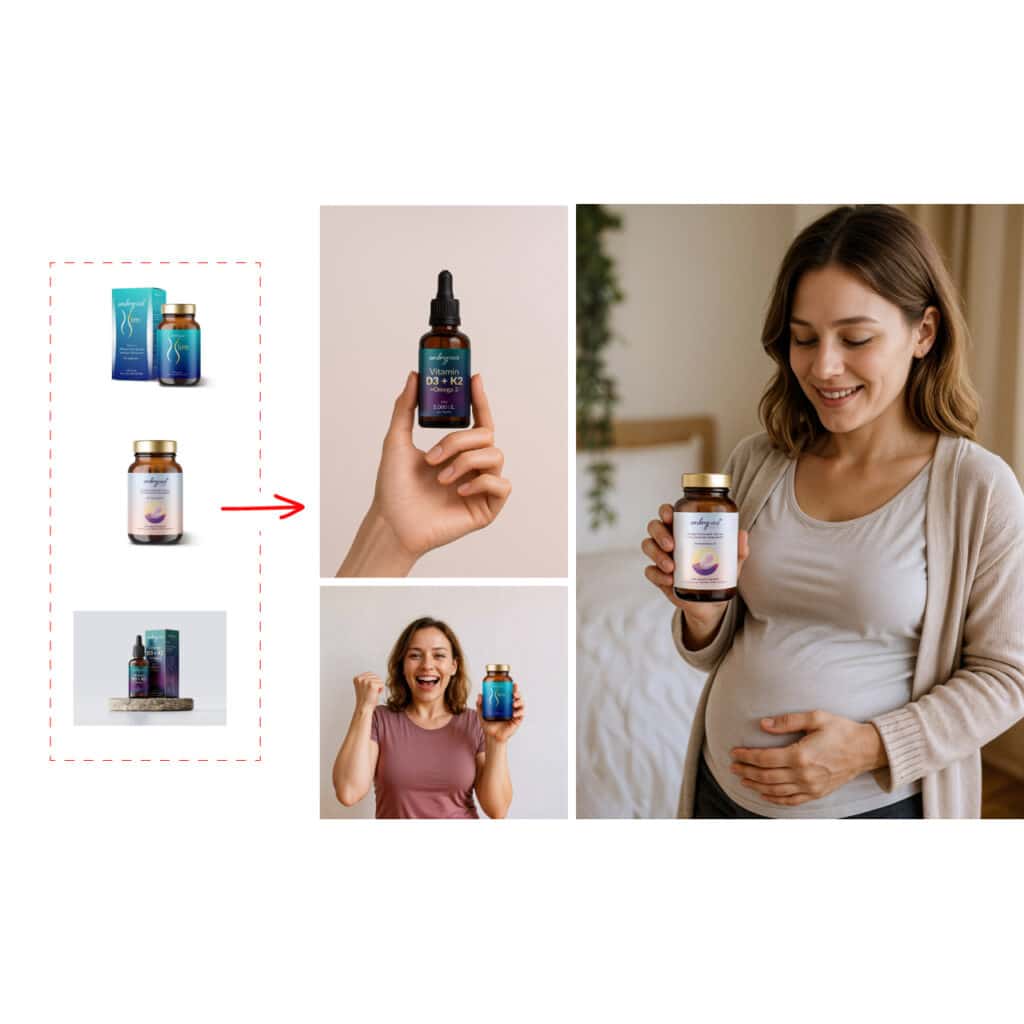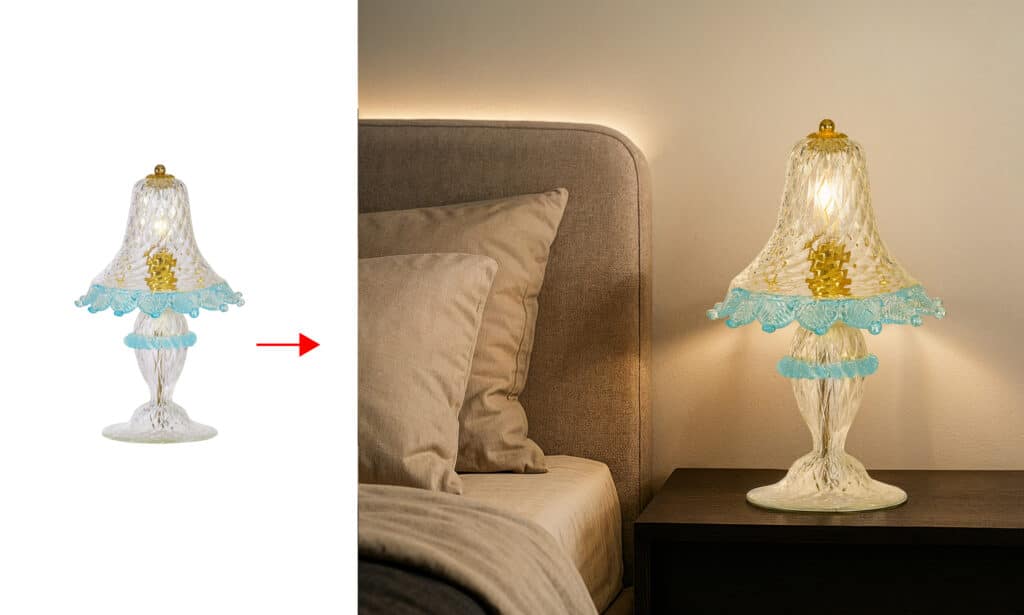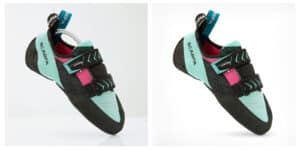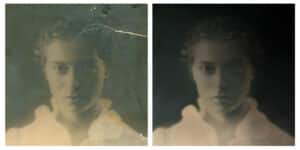In recent years, artificial intelligence has started to play a fundamental role even in creative fields such as photo editing and visual product presentation. But the real breakthrough is not automation, but rather the collaboration between human professionals and AI tools.
In this article, we explore how a product image is created that combines real photographic quality with AI-generated settings, and why this approach is becoming increasingly central for those working in visual marketing.
1. The product image is no longer enough: a context is needed
Why staging makes the difference
A well-shot and cut-out photo is the starting point. But in a world where customers scroll through dozens of products every day, what really captures attention is the context in which that object exists.
Staging means:
- Enhance the product by showing its use or placement
- Convey a visual identity consistent with the brand
- Make the image memorable and emotional
Today, all this is possible without complicated photoshoots thanks to the integration of generative artificial intelligence.
2. The perfect union: real photography + AI staging
How image and artificial intelligence work together
The winning approach is not to replace the photographer, but to amplify their potential. The workflow is divided into 3 phases:
- Product shot on a neutral background, handled by a professional
- Editing and cut-out, to precisely isolate the subject
- AI-generated context: a tailor-made, photorealistic environment consistent with the brand
3. Photorealism and precision: the secrets for perfect integration
Not all AI settings are the same
One of the most common mistakes when experimenting with AI is relying on automatic tools without expert human intervention. The result? Distorted images, wrong perspectives, incorrect shadows.
To achieve a result that truly looks like a real shot, it is essential to:
- Coordinate perspective and lighting between product and background
- Insert shadows consistent with the lighting direction
- Take care of context details (texture, reflections, focus)
- Avoid “AI-recognizable” elements (strange hands, surreal geometries, impossible objects)
👉 The professional’s skill lies in controlling the AI output, refining, selecting, and intervening where needed.
4. AI settings shape your brand
The impact on visual branding
Beyond economic and practical savings, AI staging opens the door to a strategic advantage: visual consistency.
You can create a series of visually coordinated images, with aligned style, color palette, and mood. This is essential for:
- Build a recognizable identity on social media
- Communicate values and positioning (luxury, sustainability, design, etc.)
- Adapt images for seasons, collections, markets
5. Time and costs: why AI changes the rules
Creative efficiency without compromise
With traditional photography, every setting variation implies:
- New set
- New setup
- Photographers, stylists, transportation, permits…
With AI, once you have a quality cut-out photo, you can generate:
- 10 different environments in 1 day
- Versions for multiple markets without duplicating shoots
- Testable images for low-cost A/B testing
💡 This reduces time-to-market and increases the ability to visually experiment.
6. The "wow" effect that sells
Why a well-contextualized image increases conversion
Research on visual marketing shows that contextualized images, compared to neutral ones, lead to:
- Greater time spent on the page
- Greater engagement on social media
- Higher conversion rates, even up to +30%
The reason is simple: the customer imagines the object in their own world, visualizes it, desires it. 👉 AI contextualization allows you to insert the product into the customer's life — even before they buy it.
7. Real-world use cases: where it works best
Where AI has a concrete impact
Some sectors are already benefiting extraordinarily from this approach:
- Fashion and accessories: handbags, shoes, jewelry set in evocative locations
- Furniture: chairs, tables, accessories in virtual rooms consistent with the style
- Cosmetics: packaging placed in bathrooms, spas, natural environments
- Technology: tech products set in modern, minimalist, or lifestyle contexts
8. The challenges to know (and overcome)
AI is powerful, but it needs to be guided
Like any creative tool, AI is not infallible. It requires:
- A strong aesthetic vision
- A technical knowledge of the limitations of AI output
- A manual review process to correct small inconsistencies
For this reason, the best result is achieved when AI and human creativity collaborate, not when they replace each other.
Conclusions: the future is hybrid, and the time is now
Artificial intelligence doesn't replace photography: it expands it, enhances it, transforms it into visual storytelling. In an era where visual content is everywhere, standing out means telling a story, and telling a story means building scenarios.
With generative AI, you can:
- Increase the effectiveness of your images
- Reduce time and costs
- Offer your clients a consistent and engaging visual experience
If you already have professional cutout photos, you're ready for the next leap. The future of visual marketing has already begun — and it's built one scene at a time.
Curious to see how we can enhance your products with perfect settings?
Contact us and we'll breathe new life into your cutout photos with realistic, engaging, and sale-perfect images.

